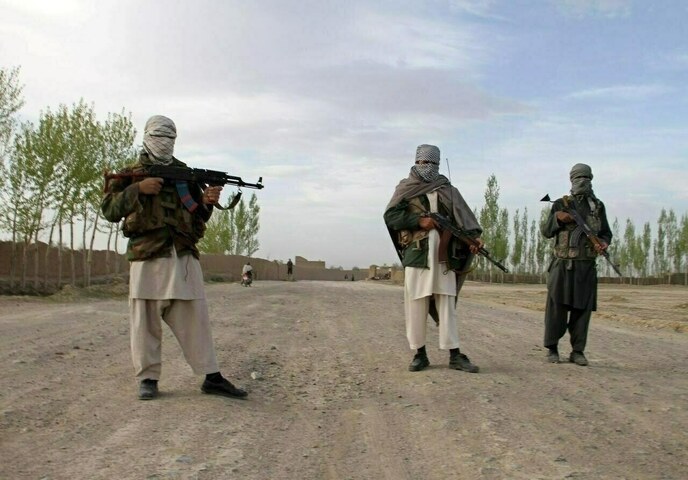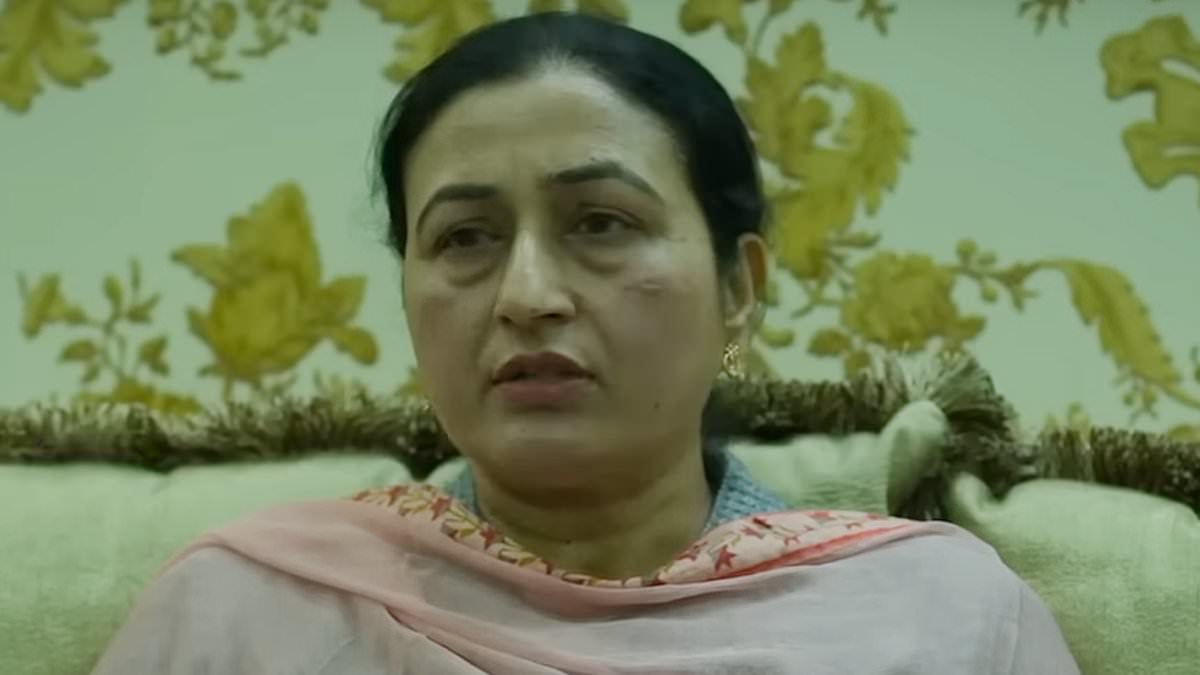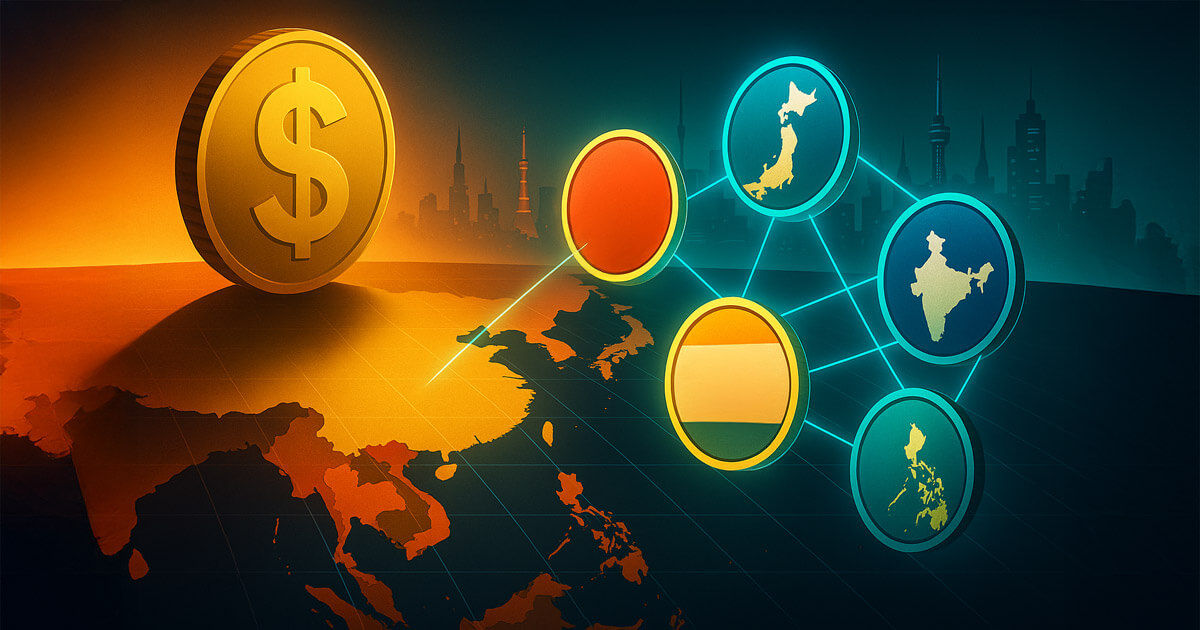By Yousuf Nazar
Copyright brecorder

Primary school math textbooks produced by UNO and funded by USAID incorporated militant ideology to promote violence against Soviet soldiers. A third-grade math textbook taught subtraction through this problem: “One group of mujahideen attacked a group of 50 Russian soldiers. In that attack, 20 Russians were killed. How many Russians fled?”
Furthermore, a fourth-grade math textbook put forward this problem: “The speed of a Kalashnikov bullet traveled at 800 meters per second. If a Russian was at a distance of 3200 meters from the mujahid, and that mujahid aimed at the Russian’s head, calculate how many seconds it took to strike the Russian in the forehead.” These examples normalized violence in the everyday lives of Afghan children and groomed Afghan youth to participate in the mujahideen resistance to Russian forces.
Teachers began each day with a “Jihadic Pledge,” recited in unison: “We serve Allah and defend our homeland against the unbelievers.” The teacher’s guide framed the Soviet invasion as an assault on Islam and glorified Mujahideen fighters. By 1986, over two million textbooks reached camps, boosting attendance.
American ‘jihad’ in Afghanistan: Indoctrination of extremism—I
In Buner District, with 85,000 residents, attendance rose to 65 per cent. These textbooks shaped a generation’s worldview, blurring religious devotion and armed struggle.
In Pakistan, they reinforced Zia’s Islamisation, aligning education with state-sponsored militancy. The legacy is evident in the radicalisation of later fighters, including Taliban leaders educated in these camps, whose ideology drew from this period.
Madrassa expansion and Saudi funding
Parallel to the textbook programme, Pakistan’s madrassa network expanded, driven by Saudi financial support and ISI coordination. Between 1980 and 1986, registered madrassas surged, funded by Saudi donations ranging from $50,000 to $200,000 per institution. These supported mosque construction, dormitories, and the hiring of Wahhabi and Deobandi clerics promoting a strict, pan-Islamic ideology.
The Jamia Islamia Darul Uloom Haqqania in Akora Khattak grew significantly, hosting a 1986 symposium with clerics from Afghanistan, Pakistan, and Saudi Arabia. Saudi Grand Mufti Sheikh Abd al-Aziz bin Baz visited Pakistan in 1986 and endorsed jihad against the Soviets as a religious duty, lending spiritual and financial weight.
By 1987, an estimated 50,000 students attended hundreds of new or expanded madrassas in Khyber Pakhtunkhwa, many serving as Mujahideen recruitment hubs. Lessons equated Soviet soldiers with demonic forces, framing military training as a sacred obligation.
This Saudi-backed network transcended Afghanistan, fostering an ideology that later fuelled the Taliban and other extremist movements. In Pakistan, madrassas became centres of radicalisation, drawing students from across South Asia and reinforcing Zia’s vision of an Islamic state.
Diverging views in Washington
In Washington, Operation Cyclone sparked debate. Brzezinski championed the covert war, reflecting in 1998 that it was “an excellent idea” to trap the Soviets, dismissing fears of Islamic extremism as overblown.
Secretary of State Cyrus Vance, shaken by the 1979 Iran hostage crisis, cautioned in 1980 that arming Sunni hard-liners risked future sectarian strife and terrorism. Despite warnings, CIA funding soared from $200 million in 1985 to over $630 million by 1986, prioritising Soviet defeat over long-term risks.
Critics like Senator Daniel Patrick Moynihan later lamented the short-sightedness, noting the US armed groups that would turn against it. Cold War urgency prevailed, driving the supply of arms and ideological materials to the Mujahideen, with little regard for the radicalisation unfolding in Pakistan and Afghanistan.
Pakistan’s calculations and Afghan resistance
Zia ul-Haq leveraged US aid to modernise Pakistan’s military and advance Islamisation, establishing training camps in Baluchistan and the tribal belt. Mujahideen factions, including Hizb-e Islami and Jamiat-e Islami, operated media cells, producing newsletters and radio broadcasts smuggled across the Durand Line.
A 1982 ambush in Paktia Province, publicised by these cells, claimed significant Soviet losses, though Soviet records revised the figure to 12. By 1983, Soviet units in Khost and Kunar operated at reduced strength, partly due to desertions spurred by propaganda. In Pakistan, the Mujahideen’s cause galvanised public support, further entrenching militancy in society.
The unravelling and legacy
The Soviet withdrawal on 15 February 1989 left an ideological infrastructure—madrassas, textbooks, and media networks—that fuelled Afghanistan’s civil war. Rival Mujahideen factions fractured, paving the way for the Taliban’s rise in 1996 from Deobandi seminaries nurtured by ISI and Saudi patronage.
The Taliban sheltered Al-Qaeda, led by Osama bin Laden, who joined the jihad in 1986 and funded madrassas and camps. The 11 September 2001 attacks, orchestrated by Al-Qaeda operatives trained in Afghanistan, exposed the blowback of Cold War policies.
By the 2000s, Al-Qaeda had morphed into a vast, decentralised web of militant cells spanning continents—a lethal legacy of the radicalisation machinery unleashed in the 1980s.
Despite waves of regulatory crackdowns, Pakistan’s madrassas remained fertile ground for ideological indoctrination, attracting recruits from across South Asia and beyond. Meanwhile, Afghanistan—shattered by decades of war—languished in unrelenting chaos.
In the halls of power, both in Islamabad and Washington, bitter arguments flared: was the US intervention in Afghanistan a necessary Cold War gambit or a catastrophic miscalculation that detonated uncontrollable geopolitical shockwaves?
Even Zbigniew Brzezinski, one of its architects, offered a chilling confession in 1998: “If you want to influence events, you distort the historical truth.” It was a stark acknowledgment of the arrogance that shaped a policy whose aftermath continues to destabilise the region—and has embedded extremism deep within the fabric of Pakistan’s society and political order.
(Concluded)
Copyright Business Recorder, 2025



